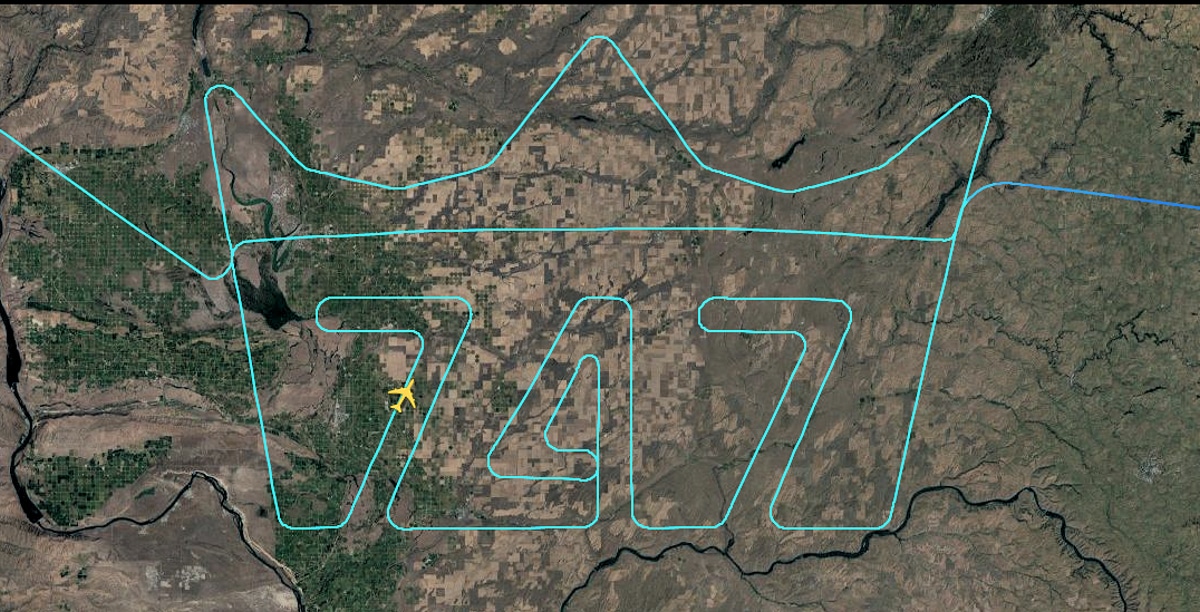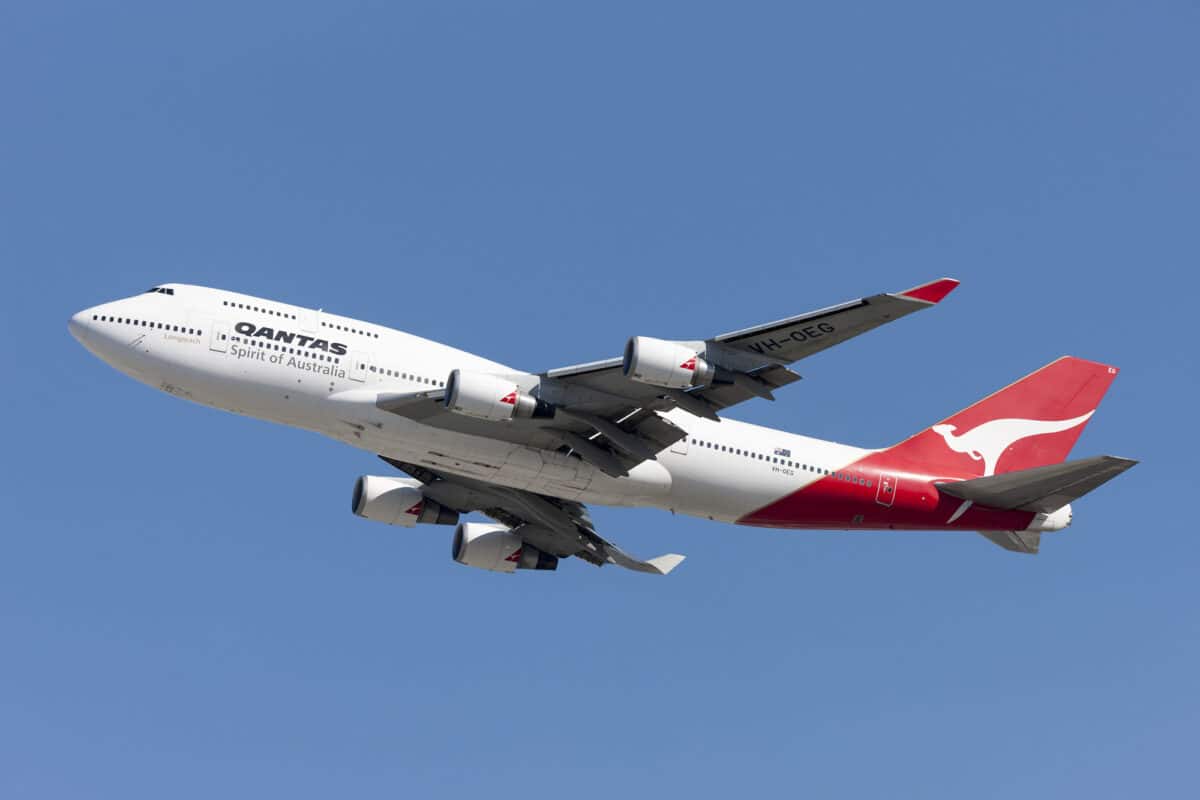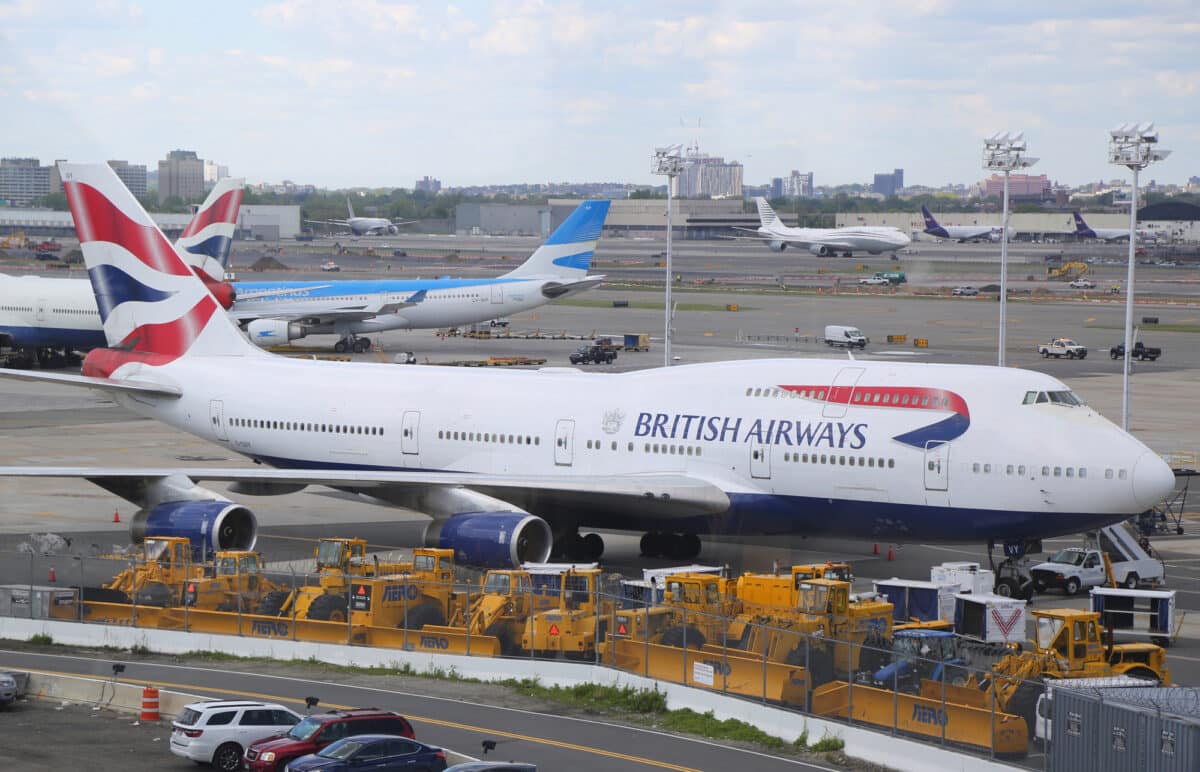The Boeing 747, the “Queen of the Skies,” has bid farewell to production lines after an illustrious era that reshaped the skies since its debut in 1969. This leviathan of the airways, celebrated for its groundbreaking size and passenger comfort, marked the zenith of jumbo jet travel, connecting continents and cultures like never before. Yet, the curtain call on February 1st, 2023, was not just a testament to its legacy but also a nod to the inevitable evolution of aviation.
The decision to cease its production wasn’t taken lightly. Despite the 747’s iconic status and its contributions to commercial aviation, the aircraft faced challenges that sealed its fate. The economics of operating the 747—characterized by high maintenance costs and fuel consumption—became increasingly difficult to justify. The aviation industry’s pivot towards more fuel-efficient, twin-engine aircraft capable of matching the 747’s range while reducing operational costs significantly contributed to the jumbo jet’s retirement.
Boeing 747’s discontinuation reflects the relentless march of progress in aviation technology, emphasizing efficiency, environmental considerations, and cost-effectiveness. As the industry looks to the future, the legacy of the 747 will forever soar high in the annals of aviation history, remembered for the era it defined and the skies it ruled.
Despite its disappearance from the aviation world, the Queen of the Skies has certainly left her mark. Literally!

What a nice sendoff by the pilots of flight 5Y747. They drew an image of a 747 Queen Of The Skies in mid-air while en route to Cincinnati. At 16:55 UTC, the aircraft began to draw the shape while cruising at a ground speed of 205 knots and a calibrated altitude of 12,775 feet.
Two hours and 35 minutes later, at 19:30 UTC, it was finished drawing out the image. Fun fact: give that the Boeing 747 costs approximately $25,000 per hour to operate, this tribute probably cost in the region of $65,000 to produce!
Table of Contents
Why was the Boeing 747 Discontinued? A Closer Look at the Reasons
The Boeing 747 is one of the most iconic aircraft; however, its status as an icon was unable to save it from its high costs. Airlines began returning this model or selling them on due to the increased costs of operation.
When Was the Boeing 747 Retired?
The end of this model being used in commercial settings arrived between November and December 2017. United Airlines and Delta Airlines retired the 747 from their fleets during this time.
When Delta first acquired a Boeing 747, the plane showed a lot of promise for the airline. However, the company soon found the plane too big for its needs, retiring the original five 747s it had acquired in 1977.
The Boeing 747 briefly made a return to Delta in 2008 after the airline merged with Northwest Airlines. The second retirement for this plane happened less than ten years later.
On the 1st February, 2023, the last manufactured Boeing 747 was delivered and it attracted much media fanfare.
Was the Boeing 747 Hard to Maintain?
United Airlines ultimately decided to retire the 747 because of the maintenance hassles associated with the model. This plane had become less efficient over time.
In the time since the Boeing 747’s launch, other more efficient jets had arrived on the scene. Parts for this plane became rarer with the arrival of other jumbo jet models.

The Impact on Costs of the 747
Carriers in the U.S. have shown a preference for more efficient aircraft. Another aircraft that has seen similar operating challenges to the Boeing 747 is the Airbus A380.
Four-engine planes like the 747 and Airbus are more expensive to operate than two-engine planes. The demand for planes this size among carriers has been very low.
Several other Boeing and Airbus models have proven themselves more efficient for long distances. Narrowbody planes are the carrier preference for medium and long-distance flights.
The overseas aviation market has seen more of a demand for jumbo jets. For example, planes in this size range have become popular in Asian markets.
The models that commercial airlines prefer have a similar passenger capacity to jumbojet models. However, because these planes burn far less fuel, they offer greater savings for the airlines.
Will the Boeing 747 See a Resurgence?
Airlines have permanently retired models that no longer meet their needs for economic reasons. After the economic damage that many carriers saw due to the COVID-19 pandemic, it is less likely that planes this size will remain in widespread use.
The 747 has reached the end of its suitability as a passenger plane. This model has been known to the aviation world for over 50 years and has made its mark.

The Boeing 747’s Legacy
One of the most important things that the 747 did was create a passenger market for jumbojet flights. The 747 effectively balanced costs and lowered ticket prices before the arrival of the current widebody aircraft.
The Boeing 747 will likely continue to see life as a cargo plane. Despite its disappearance from the passenger flight market, the aircraft has left a lasting legacy in the aviation world.
When Did the Last 747 Come Out?
The last 747 produced was delivered in February 2023. This final 747 will belong to Atlas Air.
This plane, like other 747s, came from Boeing’s production facility in Everett, WA. This facility has been around since 1967, when the first 747s were produced.
The last 747s produced will likely be in service for many years to come. As this type of plane has become more commonplace in the air cargo industry, the aircraft will remain an icon.
Here’s the last Boeing 747 (final delivery) – such an iconic moment.
Final Thoughts
The Boeing 747 was discontinued due to costs and the changing aviation landscape. More efficient aircraft with lower prices now meet the demand that the 747 once filled.